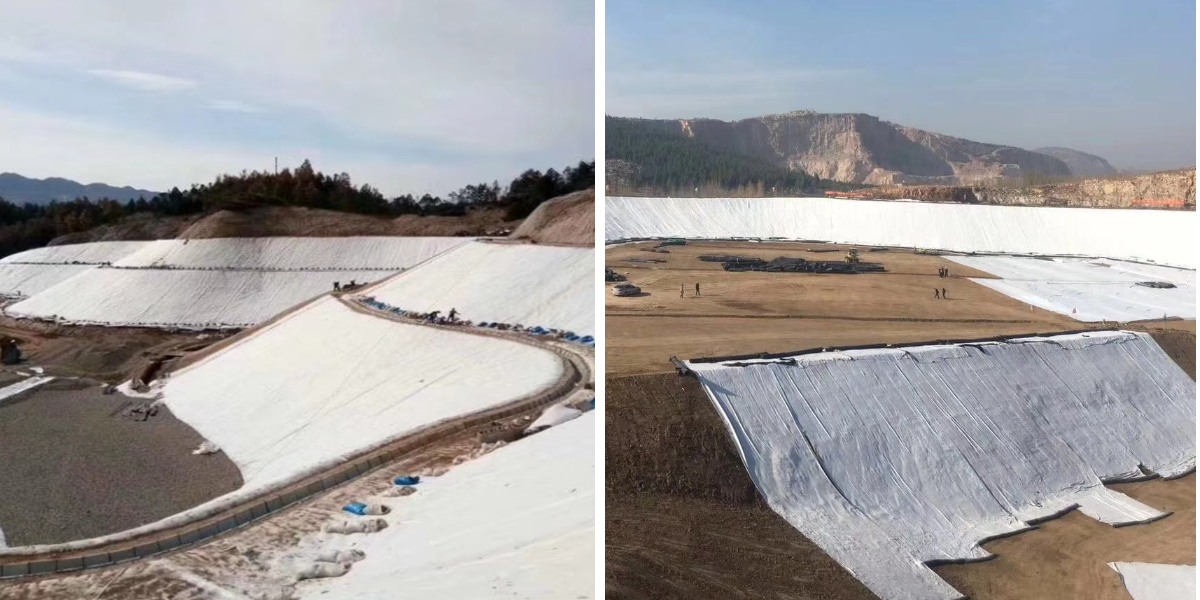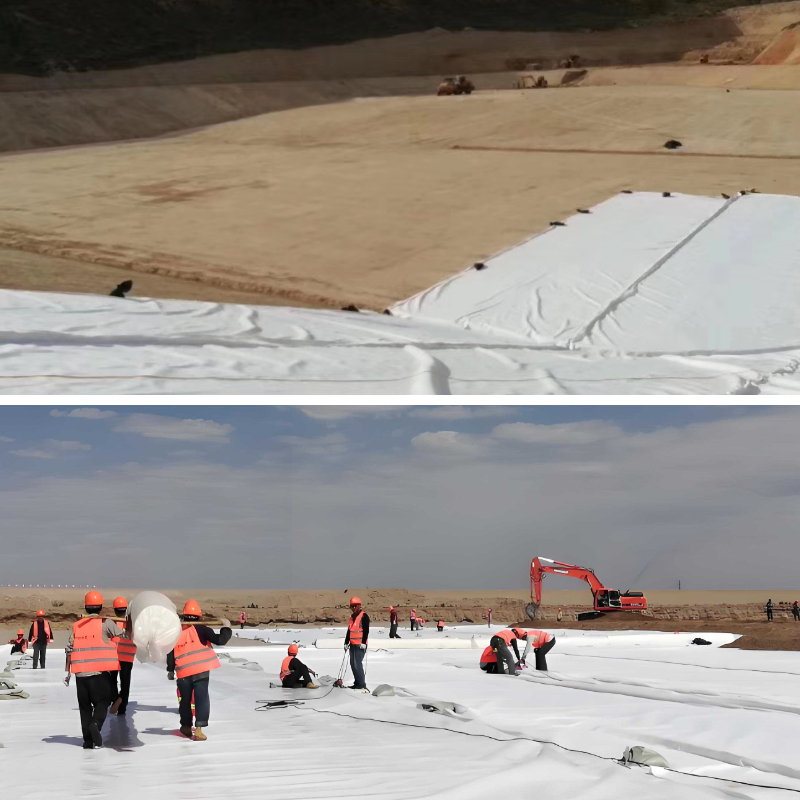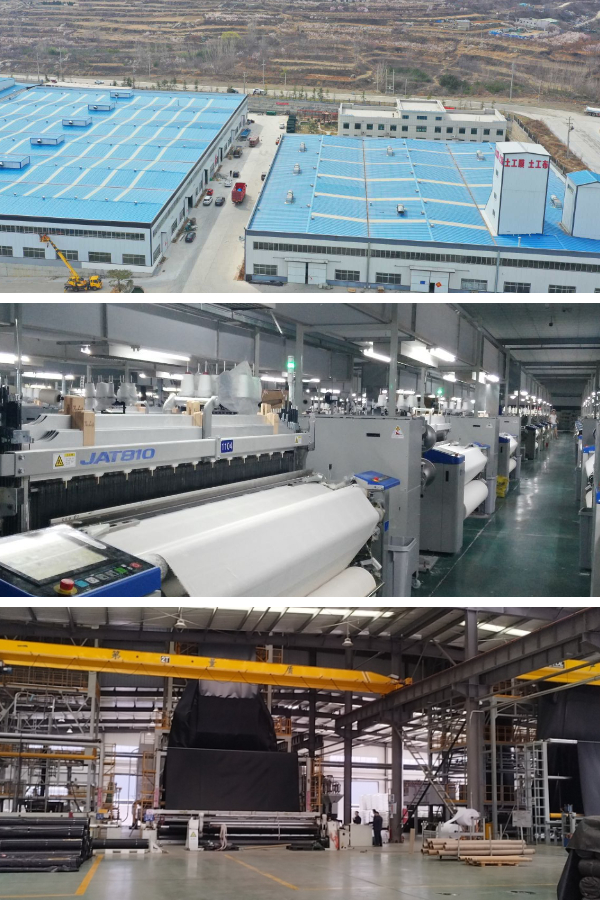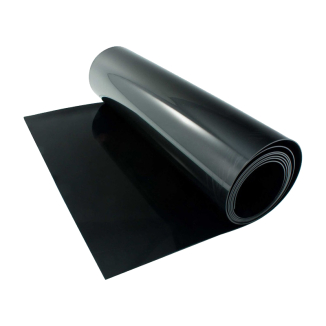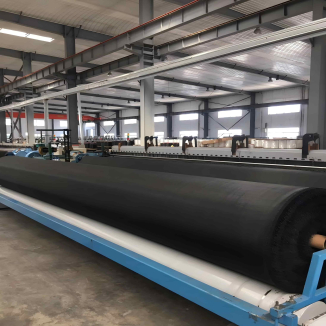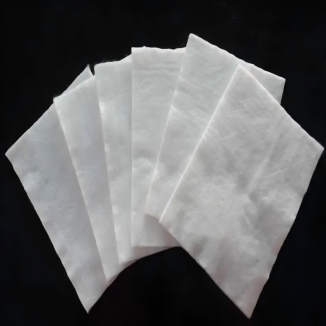Case Study: How a Highway Project Saved 30% Costs with Geotextiles
In the world of civil engineering, value effectivity and long-term sturdiness are two pillars that outline mission success—especially for toll road construction. Highways face regular stress from heavy traffic, climate fluctuations, and soil erosion, which regularly lead to pricey repairs and overruns. However, one latest toll road enlargement challenge in a suburban place proved that integrating geotextiles (a versatile geosynthetic material) should now not solely enhance street overall performance however additionally reduce normal prices by way of an superb 30%. This case find out about breaks down how the task group leveraged geotech fabric, geotextile road fabric, and separation geotextile to overcome frequent challenges and supply gorgeous results.
1. Project Background: The Challenge of a Overcrowded Suburban Highway
The mission centered on increasing a 12-mile suburban dual carriageway that linked a developing residential location to a fundamental city. Built in the 1980s, the unique dual carriageway had slim lanes, negative drainage, and a deteriorating base layer—issues that led to widespread potholes, site visitors jams, and annual renovation prices of over 500,000. The neighborhood transportation branch set two key goals: widen the toll road to 4 lanes, and prolong its lifespan to 20+ years whilst maintaining the whole finances below 15 million.
Initial assessments published a fundamental problem: the soil under the motorway used to be a combine of clay and sand, which is susceptible to compaction, shifting, and waterlogging. Traditional solutions—like excavating and changing the complete soil layer with high-priced aggregate—would have pushed the venture over finances through 40%. The group wished an choice that should stabilize the soil, enhance drainage, and decrease fabric usage. That’s when they grew to become to geotextiles.
2. Why Geotextiles? The Science Behind Cost Savings
Before diving into the implementation, it’s vital to apprehend why geotextiles (and their precise sorts like geotech cloth and separation geotextile) have been the proper choice. Unlike inflexible materials, geotextile street cloth is a flexible, permeable material made from artificial fibers (e.g., polypropylene) that presents three key advantages for toll road projects:
Separation: Separation geotextile acts as a barrier between one-of-a-kind soil layers (e.g., clay subsoil and combination base). Without it, clay would combine with mixture over time, decreasing the base’s load-bearing ability and main to untimely cracking. This skill fewer repairs and much less want for high-priced combination replacements.
Filtration & Drainage: Geotech cloth lets in water to go with the flow via whilst trapping soil particles. For the suburban highway, this solved the waterlogging issue—preventing frost heave in iciness and soil erosion in wet seasons. Better drainage extends the road’s lifespan by way of 50% or more, in accordance to the American Society of Civil Engineers.
Reinforcement: Geotextile street cloth provides tensile power to the soil-aggregate system. This let the challenge group use a thinner layer of mixture (from 12 inches to eight inches) barring compromising structural integrity—directly slicing cloth costs.
3. Implementation: How the Team Used Geotextiles Step-by-Step
The assignment crew observed a strict, phased method to combine geotextiles into the motorway expansion. Here’s a breakdown of the key steps, with a center of attention on how geotech material and separation geotextile had been deployed:
Step 1: Site Preparation & Soil Testing
First, the crew excavated the pinnacle 6 inches of the current street floor to expose the subsoil. Soil assessments validated excessive clay content material and terrible drainage—reinforcing the want for separation geotextile. They additionally graded the subsoil to make certain a flat, even surface, as uneven terrain can decrease the effectiveness of geotextile avenue fabric.
Step 2: Laying Separation Geotextile
Next, the group rolled out separation geotextile throughout the complete undertaking area. The material used to be overlapped by using 12 inches at all seams to keep away from gaps (a frequent mistake that leads to soil mixing). Special interest used to be paid to areas with excessive water desk levels—here, the separation geotextile used to be anchored with stakes to stop moving at some stage in heavy rains. This layer acted as a necessary barrier between the clay subsoil and the upcoming mixture base.
Step 3: Adding Aggregate & Geotech Fabric Reinforcement
After the separation geotextile was once in place, the crew unfold an 8-inch layer of beaten stone combination (down from the authentic 12-inch plan). To in addition fortify the base, they laid a 2nd layer of geotech material on pinnacle of the aggregate. This geotech material used to be a heavier-duty variant designed for reinforcement, assisting distribute visitors hundreds evenly throughout the base and lowering stress on the subsoil.
Step 4: Paving & Quality Control
Finally, the group paved the toll road with asphalt, the usage of widespread techniques. Throughout the process, nice manage assessments ensured the geotextile avenue material was once no longer broken for the duration of set up (e.g., by using sharp combination edges) and that all layers have been proper compacted. Post-installation exams confirmed the road’s load-bearing potential used to be 25% greater than the unique design—despite the use of much less aggregate.
4. Results: 30% Cost Savings & Long-Term Durability
The assignment used to be finished in 10 months—two months in advance of schedule—and got here in at 10.5 million, nicely beneath the 15 million budget. This 30% price financial savings got here from three key areas, all without delay tied to geotextiles:
4.1. Reduced Material Costs
By the usage of separation geotextile and geotech fabric, the crew reduce combination utilization through 33% (from 12 inches to eight inches). Aggregate is one of the most costly substances in motorway construction, so this by myself saved 2.1 million. Additionally, the geotextile avenue fabric itself is extra low priced than choice stabilization techniques (e.g., concrete grids), including some other \)500,000 in savings.
4.2. Lower Maintenance Costs
In the two years considering the fact that the toll road opened, protection fees have dropped by way of 70%—from 500,000 yearly to simply 150,000. The geotextiles avoided soil mixing and increased drainage, disposing of the need for generic pothole repairs and base layer touch-ups.
4.3. Faster Construction Timeline
Laying geotextiles is quicker than excavating and changing whole soil layers. The group estimated that the usage of geotech material shaved two months off the venture timeline, lowering labor expenses with the aid of $800,000 and warding off penalties for delayed dual carriageway opening.
4.4. Key Takeaways: Why Geotextiles Are a Game-Changer for Highway Projects
This case learn about proves that geotextiles—including geotech fabric, geotextile street fabric, and separation geotextile—are no longer simply “add-ons” however quintessential equipment for cost-effective, long lasting toll road construction. Here are the key classes for civil engineers and transportation departments:
Prioritize Soil-Structure Interaction: Separation geotextile solves one of the largest motorway problems—soil mixing—without costly excavation. Always check soil prerequisites first to pick the proper geotextile type.
Balance Short-Term Costs with Long-Term Savings: While geotextile avenue material provides a small upfront cost, it reduces fabric utilization and renovation charges over time. The suburban project’s 30% financial savings exhibit this stability can pay off.
Choose the Right Geotextile for the Job: Not all geotextiles are the same. Use separation geotextile for soil barrier needs, geotech material for reinforcement, and permeable editions for drainage. Working with geosynthetic specialists can assist choose the high-quality product.
In conclusion, this dual carriageway undertaking is a blueprint for how geotextiles can radically change civil engineering projects—delivering value savings, durability, and efficiency. As extra transportation departments seem to be to stretch budgets and construct longer-lasting infrastructure, geotech fabric, geotextile avenue fabric, and separation geotextile will solely develop in importance.
Contact Us
Company Name: Shandong Chuangwei New Materials Co., LTD
Contact Person :Jaden Sylvan
Contact Number :+86 19305485668
WhatsApp:+86 19305485668
Enterprise Email: cggeosynthetics@gmail.com
Enterprise Address: Entrepreneurship Park, Dayue District, Tai 'an City,
Shandong Province


